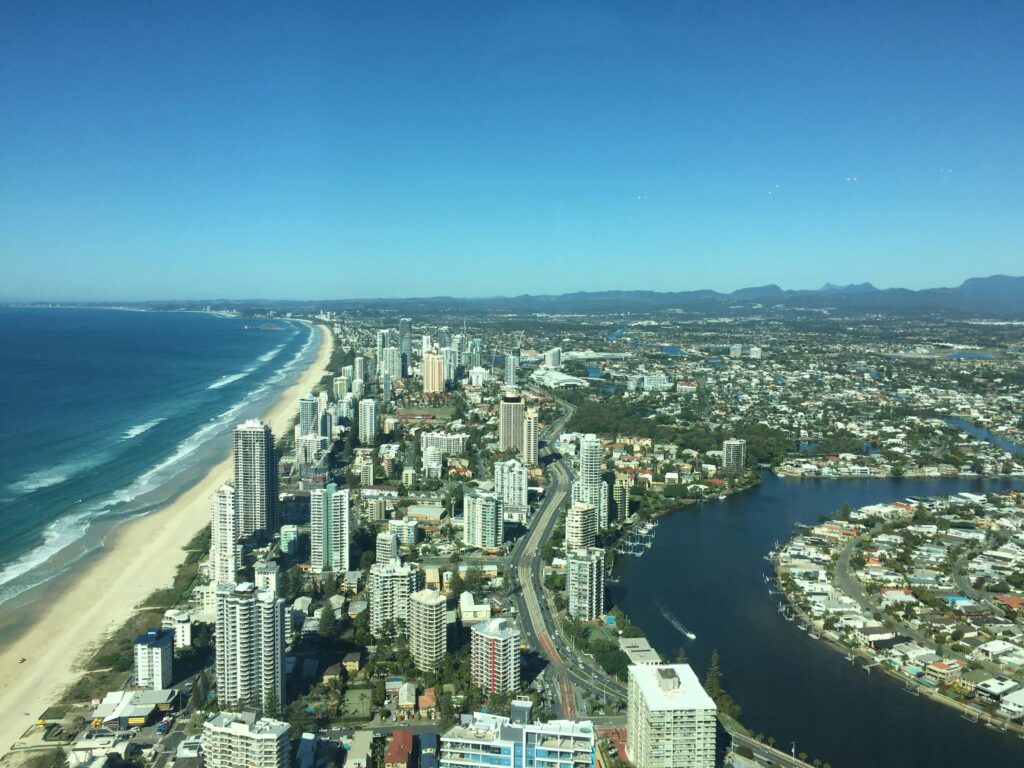 It looks like a bit more ‘calm’ returned to the Australian market this week, with local factors returning to centre stage again.
It looks like a bit more ‘calm’ returned to the Australian market this week, with local factors returning to centre stage again.
Can you take us through the key drivers over the past week?
- After the huge moves of the first half of August, the S&P/ASX 200 has spent the past two weeks trading in a 5% range centred around the 4200 level – which is where it continued to trade on Friday morning.
- Compared to the past few weeks, this week was a lot calmer in global markets. With overseas headlines taking a backseat for a few days, and with a relatively quiet week in terms of economic data releases, Australian investors were able to focus again on the local company reporting season before the RBA Governor’s appearance in front of the House economics committee and the Jackson Hole central bankers’ meeting in the US on Friday.
-
In terms of local company earnings, current EPS growth for the market is running at around 16-17% for 2011, which is expected to come back to 14% next year. A key feature of the current reporting season is the higher than expected dividends, despite some generally disappointing earnings results. The fact that companies are deciding to return cash back to shareholders reflects a more subdued outlook for the Australian economy of late, and hence a reduction in the
level of attractive investment opportunities at present. Earnings guidance for the year ahead has also been largely mixed, reflecting the two-speed nature of the economy at present (mining vs non-mining).
- The most notable earnings results this week were BHP Billiton (bumper $22bn net profit), and Woolworths ($2bn). Woolworths warned that profit growth from their retail operations could be as low as 2% over the coming year – in keeping with the lacklustre retail sales data coming through at present. BHP, on the other hand, said it would invest a record USD20bn in growth projects in iron ore, coking coal and shale gas.
The week ended with Central bankers back in the spotlight. RBA Governor Glenn Stevens gave a speech on Friday, was there anything surprising in his comments?
-
Reserve Bank governor Glenn Stevens’ testimony to the parliamentary economics committee on Friday morning included the comment that inflation data is ‘still concerning’, which added a short term boost to the A$ as speculation about near term rate cuts was dampened somewhat. The general view is that the RBA has
abandoned its tightening bias for now on concerns about the global economic
outlook and the impact of this for Australian growth, but may be less likely to
adopt an easing bias while core inflation remains near the top of the RBA’s
2-3% target band.
- The market is still quite nervous about developments overseas, and is looking to the Jackson Hole central bankers conference for any announcements out of the Fed’s Bernanke about the US growth outlook and any prospects for QE3.




 January 18, 2025
January 18, 2025 




















